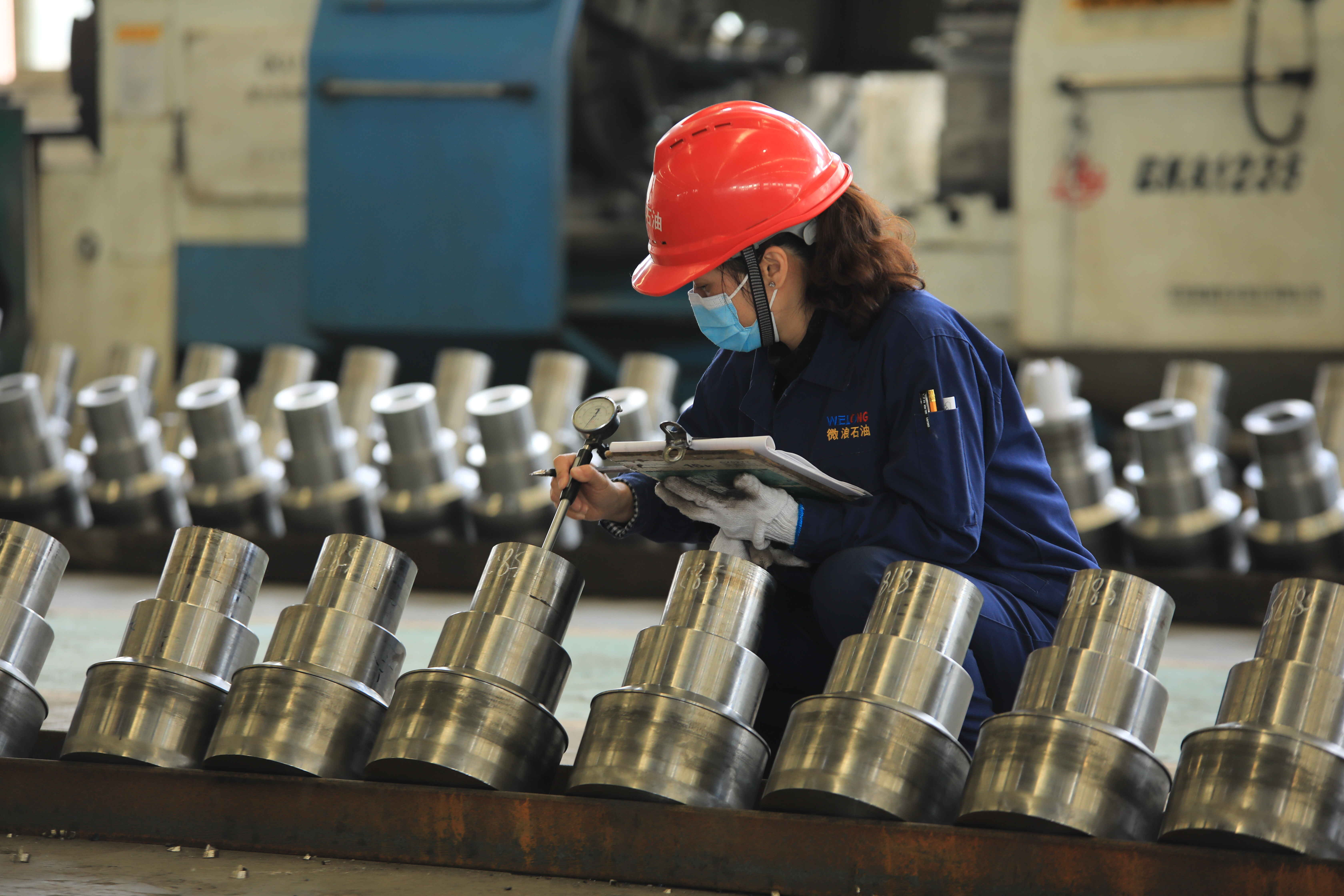Many mechanical parts work under alternating loads and impact loads such as torsion and bending, and their surface layers are subjected to higher stress than the core; In the case of friction, the surface layer is constantly worn out. Therefore, the requirements for strengthening the surface layer of forgings are proposed, that is, the surface has high strength, hardness, wear resistance and fatigue limit.
Forging surface heat treatment is a process that only applies heat treatment to the surface of the workpiece to change the structure and properties of its surface. The surface is usually made to have high hardness and wear resistance, while the core still retains enough plasticity and toughness. In production, a certain composition of steel is selected to ensure that the mechanical properties of the core meet the requirements, and then the surface heat treatment method is applied to strengthen the surface layer to meet the performance requirements. Surface heat treatment is divided into two categories: surface quenching and surface chemical heat treatment.
1. Surface quenching of forgings
The surface quenching of forgings is a heat treatment method that quickly heats the surface of the workpiece to the quenching temperature, and then cools it rapidly, so that only the surface layer obtains the quenching structure, while the core still maintains the structure before quenching. Commonly used are induction-heated surface quenching and flame-heated surface quenching. Surface quenching is generally medium carbon steel and medium carbon alloy steel forgings.
Induction heating quenching is the use of electromagnetic induction principle, through the alternating current on the surface of the workpiece to induce a huge eddy current, so that the surface of the forging is quickly heated, and the core is almost not heated.
Characteristics of induction heating surface quenching: after quenching, the martensitic grain is refined, and the surface hardness is 2 to 3HRC higher than that of ordinary quenching. There is a large residual compressive stress in the surface layer, which helps to improve the fatigue strength; It is not easy to produce deformation and oxidative decarburization; It is easy to realize mechanization and automation, and is suitable for mass production. After induction heating quenching, a low temperature tempering of 170 to 200 °C is required to reduce quenching stress and brittleness.
Flame heating surface quenching is a process method that uses oxyacetylene gas combustion flame (temperature up to 3100 to 3200 °C) to quickly heat the surface of the forging to above the phase change temperature, and then quench and cool.
Immediately after quenching, low-temperature tempering is carried out, or tempering itself using the internal waste heat of the forging. This method achieves a hardening depth of 2 to 6 mm, is simple and cost-effective, and is suitable for single or small batch production.
Post time: Jan-03-2025





